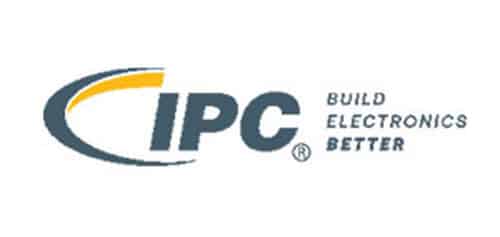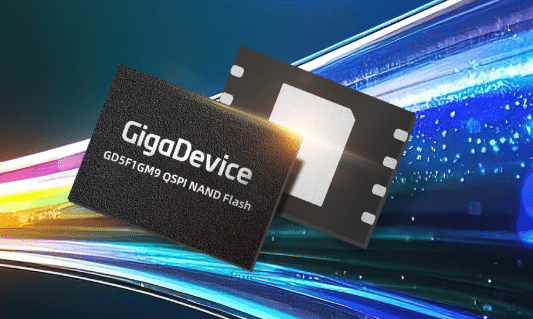GigaDevice (SSE Stock Code 603986), a global supplier of Flash memory, 32‑bit microcontrollers, sensors, and analog solutions, launches the GD5F1GM9 series high‑speed QSPI NAND Flash. The new family of devices combines the rapid random‑access capabilities of NOR Flash with the high density and cost efficiency of NAND Flash, delivering read speeds up to three times faster than conventional SPI NAND products.
Built on a 24 nm process node, the GD5F1GM9 series supports both 3 V and 1.8 V operating voltages and offers three distinct high‑speed read modes: Continuous Read, Cache Read and the newly introduced Auto Load Next Page. These modes leverage a novel parallel‑computation architecture for the on‑chip Error Correction Code (ECC) engine—replacing traditional serial ECC processing—to dramatically reduce data‑fetch latency and accelerate application startup times.
In Continuous Read mode, the 3 V variant of the GD5F1GM9 achieves sustained read throughput of up to 83 MB/s at a 166 MHz clock frequency. The 1.8 V device delivers up to 66 MB/s at 133 MHz. By comparison, similarly clocked SPI NAND Flash parts typically top out at approximately one‑third of these speeds, underscoring the GD5F1GM9’s performance advantage.
The series is targeted at fast‑boot applications across security modules, industrial controllers and IoT devices, where rapid code and data retrieval can be critical. “Slow SPI NAND read speeds have long been a bottleneck in embedded systems,” said Ruwei Su, Vice President and General Manager of GigaDevice’s Flash Business Unit. “With the GD5F1GM9, we’re not only setting a new speed benchmark but also delivering robust reliability through advanced bad block management.”
Bad blocks—defective memory segments present at the factory or emerging over time—pose a significant challenge for NAND Flash. To address this, GigaDevice has integrated an on‑chip Advanced Bad Block Management (BBM) engine. The BBM maintains a lookup table (LUT) of up to 20 logical‑to‑physical block address mappings, automatically redirecting read commands away from faulty blocks. Continuous Read mode, in particular, benefits from this seamless remapping, allowing a single Read command to traverse the entire memory array without interruption.
Out of the box, the first 256 blocks of each GD5F1GM9 device are guaranteed to be free of factory bad blocks. As the device endures write/erase cycles in the field, the BBM engine dynamically links newly identified bad blocks to spare good blocks, ensuring uninterrupted data access and simplifying system design by eliminating the need for external block‑management firmware.
Each GD5F1GM9 chip offers 1 Gb of storage and comes in three compact package options—WSON8 (8 × 6 mm), WSON8 (6 × 5 mm) and BGA24 (5 × 5 mm ball array). This flexibility, combined with dual‑voltage support and high‑speed performance, makes the series an attractive alternative to NOR Flash for applications demanding both capacity and fast boot times.
GigaDevice expects the GD5F1GM9 series to unlock new growth opportunities in the SPI NAND market by offering a solution that bridges the gap between high‑speed access and high‑density storage. The company plans further enhancements to its ECC and BBM technologies, aiming to deliver even greater performance and reliability in future product generations. For pricing and availability, customers should contact their local GigaDevice sales representative.










